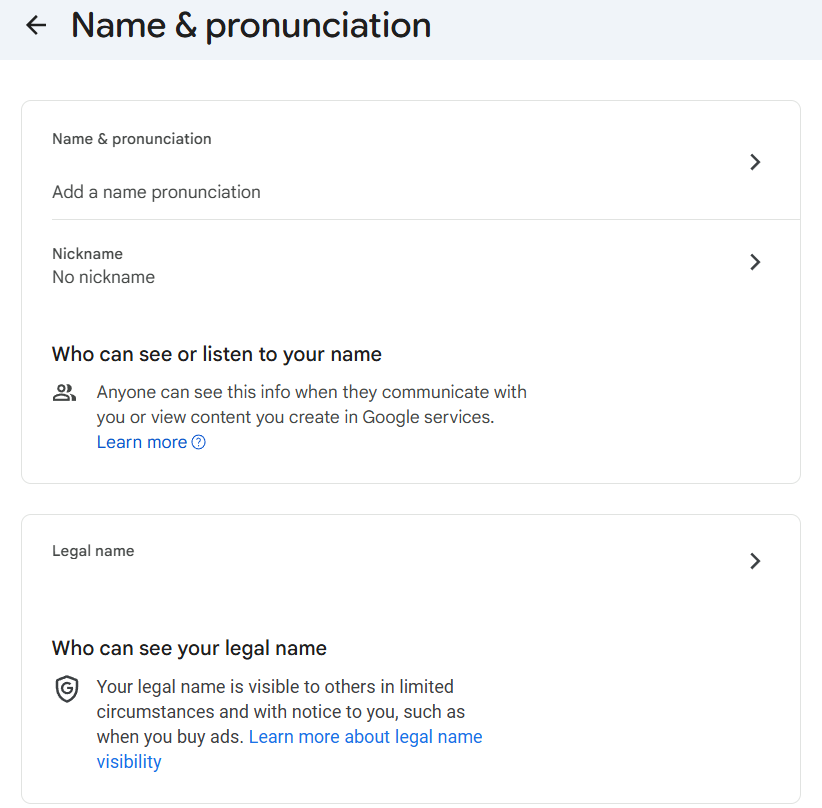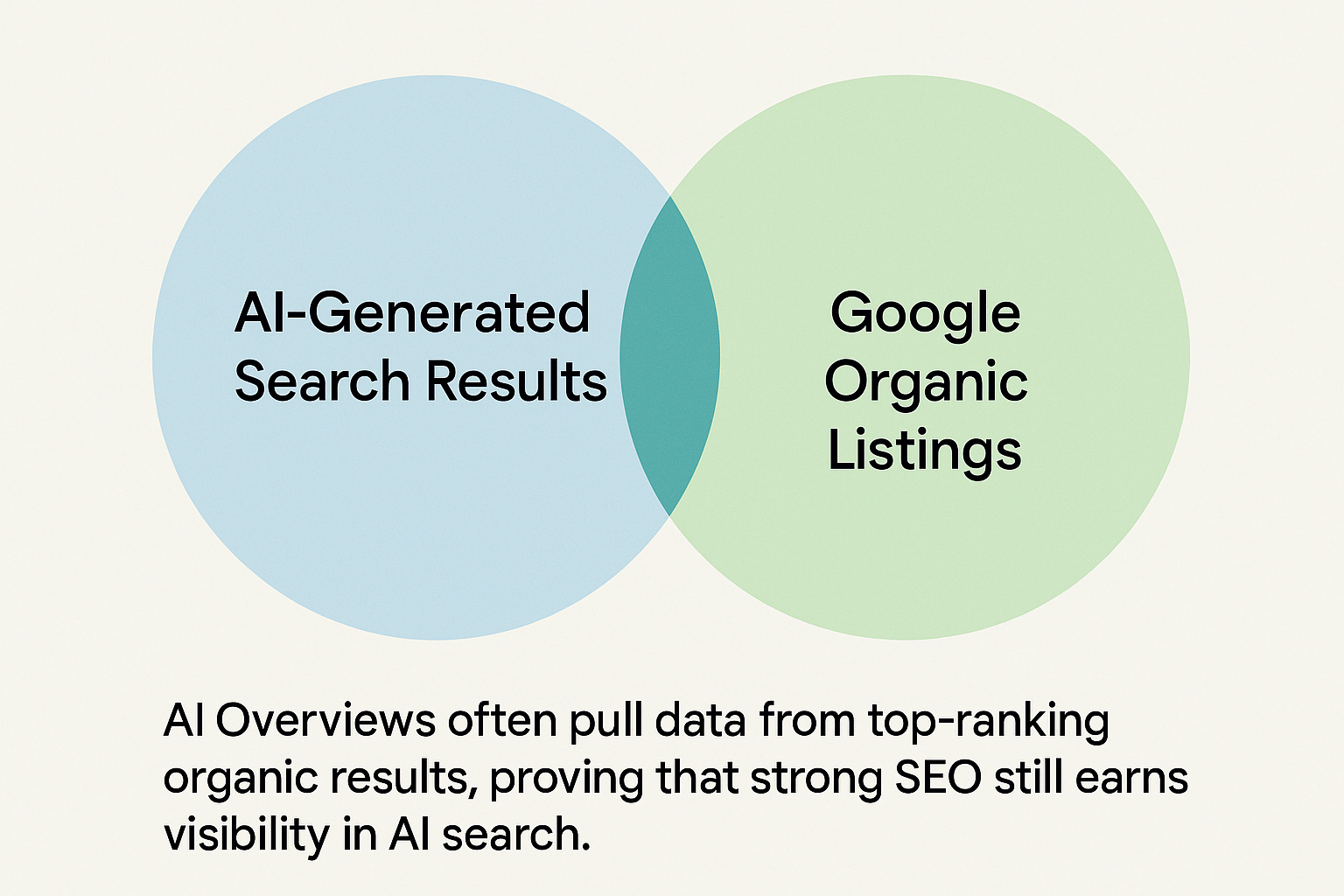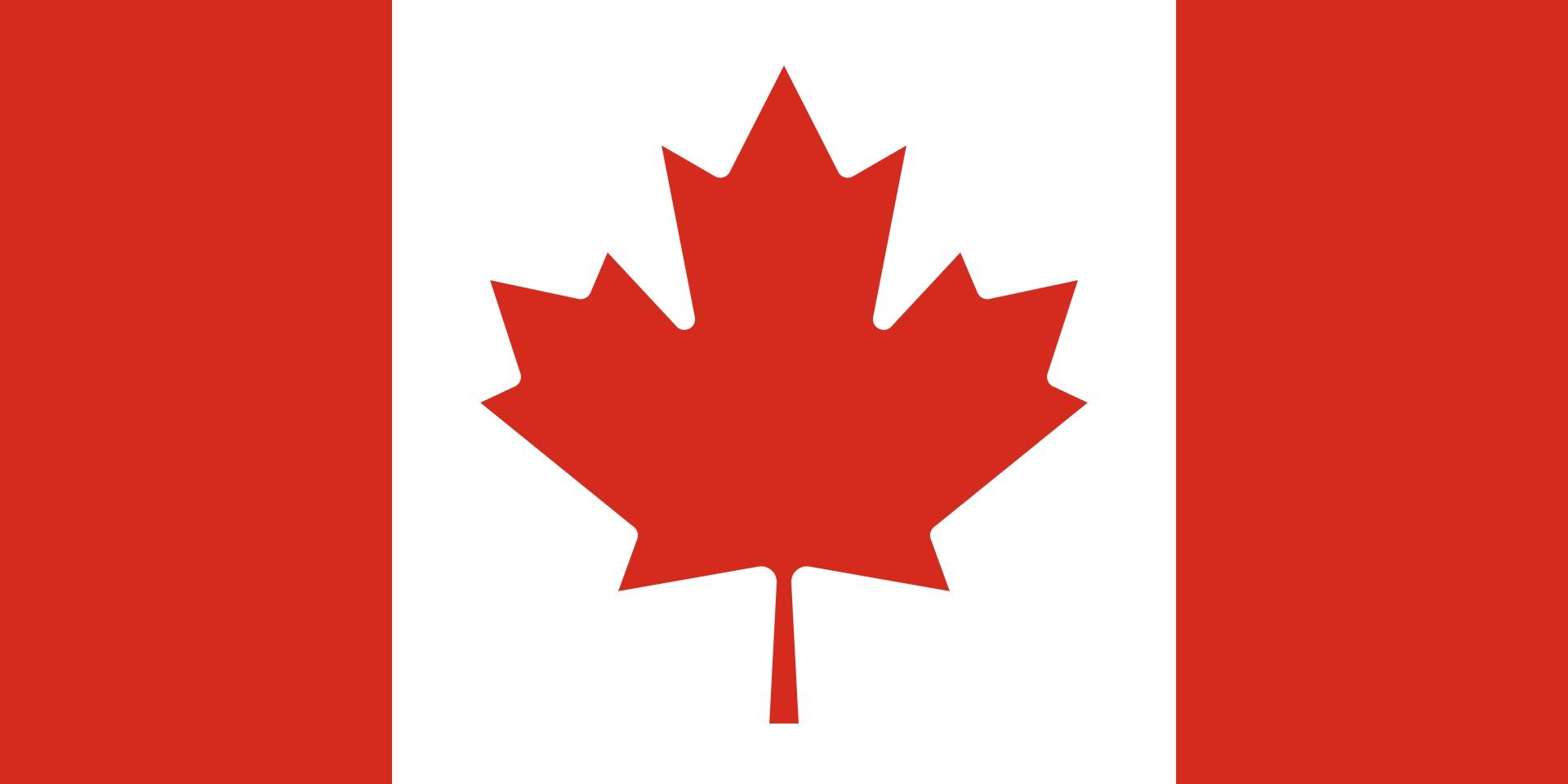How Small Businesses Can Improve the Customer Experience (CX)
The customer experience is about more than just purchases and returns – it’s about all the times that a customer sees, hears, considers, and interacts with your business.
Prioritizing customer experience isn’t just something that big companies should do – it’s something that small businesses should always do. In fact,
84% of companies that work to improve
their customer experience report an increase in their revenue.
In this article, we’ll discuss exactly how your small business can create an unforgettable customer experience to dominate in your local market.
What is CX?
The customer experience (CX) is the experience a customer has when they interact with your business. These experiences can be positive, negative, rewarding, informative — but as a business — what matters most is your ability to create a customer experience that best supports and caters to what your customers need at that given moment.
It’s important to know the difference between customer service (CS) and
customer experience. While customer service is only one part of the customer journey, customer experience involves every single touchpoint that a customer has with your business on their journey.
Touchpoints, or interactions, include both direct and indirect contact that a consumer might have with your business – whether or not they do business with you. This can include, online advertisements, online reviews, word-of-mouth referrals, social media, virtual and in-person events, blog posts, emails, website visits, purchases, post-purchase support, and more.
Why is CX Important?
A frictionless customer experience is essential for deepening and strengthening your relationship with your customers. Not only does this mean that your customers will feel more inclined to recommend your business to others, but they may even be willing to spend more with your business.
Understanding & Resolving Customer Pain Points
Pain points are any negative interaction that a customer experiences on their journey with your business. Making the critical shift from a CS focus to a CX focus means that your business addresses any and all potential pain points that customers may experience.
Examples of common pain points include:
Process
This includes any matters relating to how your business interacts with customers.
- Connecting to the right personnel for their inquiry or issue.
- Application or order form submissions
Solution: Your communication channels should be easy to navigate and simple to use for people of various abilities and ages. You must also ensure that orders and requests are dealt with thoroughly.
Financial
This includes anything relating to how much money customers are willing to spend with your business.
- Subscription plans or membership fees.
- High cost of one-time or repeat purchases.
Solution: Sell the value of your products or services through education on features and benefits. Consider offering loyalty programs or promotions/discounts.
Support
This covers anything relating to how customers receive support from your business.
- Delayed response time.
- Lack of product knowledge or confusing product information.
- Lack of availability on customer’s preferred channel of communication.
Solution: Your business must be accessible, responsive, and knowledgeable. This includes monitoring and responding to online reviews.
Productivity
This relates to how customers use and purchase your product or service.
- Inconvenience in using the product or service to their full benefit.
- Redundancy and issues in the buying process.
Solution: Your product or service needs to be available on the right channels. You must also maintain quality control to ensure customer satisfaction.
Once you have identified the pain points that your customers encounter, you can solve these issues to improve CX and stand out from your competition.
How Local Small Businesses Can Embrace the CX
Get to Know Your Customers
The first step in improving customer experience is learning who your customers actually are.
- Start off by talking to your current customers and potential customers. Consider collecting survey information on their demographics (profession, income, etc.), psychographics (habits, beliefs, interests, hobbies, lifestyle, etc.), and product or service considerations (value, quality, price, functional requirements, etc.). This information will help you gain an understanding of the problems your customers have and what types of solutions they are seeking or criterion that is important to them.
- Map out a typical customer journey for your products or services. This will help you understand what brings a customer to making a purchase decision. Remember your customers’ journey is critical to improving your customers’ overall experience with your small business. By understanding where a customer is on their journey, you can help them navigate the journey to becoming a paying customer. This ultimately helps you gain a better understanding of where your business needs to be – whether it’s a stronger online presence, physical/geographic location, or event.
- Create a customer persona. This profile will serve as an example of the typical customer that your business will serve. You can plug in the details that you have learned from your survey including income level, career, age, gender, marital status, lifestyle, and more. This will help you better cater your branding to your target consumers.
Understanding your customers ensures that your business offerings are timely, relevant, and targeted. In turn, it will not only help you gain new customers but the right customers.
Invest in the Right Tech Stack
Omni-channel marketing is a strategy that ensures that your business meets customers where they are. The right tech stacks bring all of these channels into one place, making it easier to see what’s happening, respond, and build awareness and visibility to your customers.
- Don’t be afraid to deploy self-service tools to automate and improve simple aspects of the process. For example: order forms for a custom product, the ability to attach inspiration photos to an order, or self-help material for troubleshooting common issues.
- Define your business processes so it’s easier to keep things consistent. Customers want consistency and receiving high-quality products and services is an important part of their experience. This can include technological, physical, or procedural processes.
- Utilize integrated email marketing, social media posting, and other digital marketing tools to educate your customers on updates, offerings, and your company.
Using a tech stack helps you better manage your omnichannel marketing so your business is present on the channels that matter to your customers the most.
Get Localization Right
One of the best parts about running a small business is the sense of community that you can foster. Localizing various aspects of your business can help you build a sense of belonging and a positive image with locals.
For example, partaking in local events, charitable initiatives, and community projects can not only increase visibility but help you make important business connections. Don’t be afraid to let customers see your business and what it stands for. Embrace the local community and get people behind your mission.
While you’re at it, ensure that you have optimized your Google Business Profile and other local online listings. Double-check that your information is correct (operating hours, current offerings, etc.) and add relevant local content to your store website and/or location.
Start Attracting and Retaining the Right Customers Today
Customer experience is key, even for small businesses. Taking a holistic approach requires that you focus on more than just customer service and everyday transactions – it means resolving pain points and restructuring your mindset to put the entire customer journey at the top of mind.
CCC has an integrated suite of solutions that can help you embrace CX with the right solutions and expertise.
Book a chat today to see how we can help you create an outstanding customer experience that boosts visibility, sales, and the metrics you care about most.







